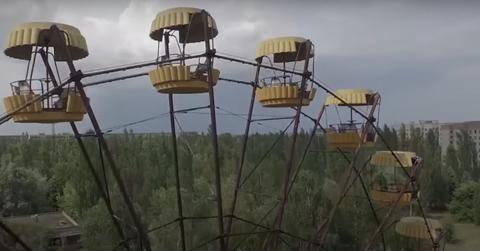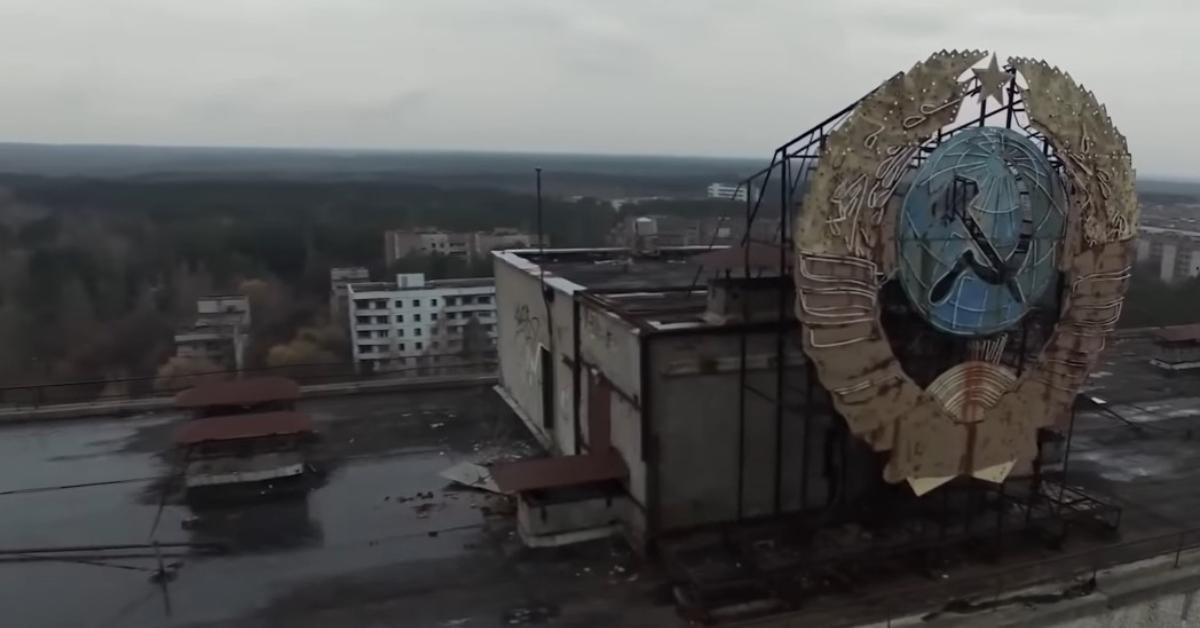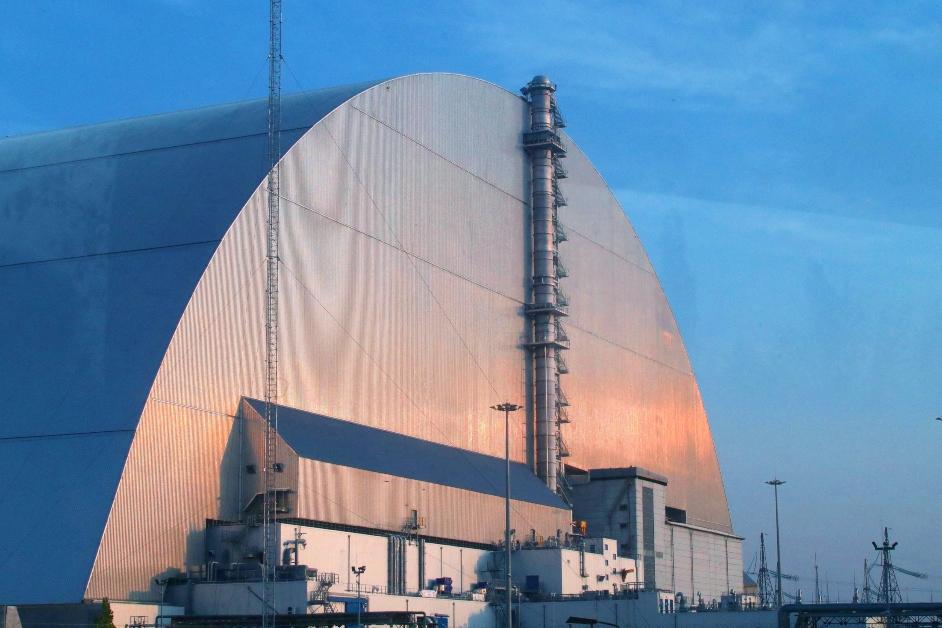When Will Chernobyl Be Safe? What We Know About the World's Largest Nuclear Exclusion Zone
Chernobyl is mysterious and ominous at times, but it's not entirely uninhabited.
Published Feb. 14 2025, 3:50 p.m. ET
On April 26, 1986, the world experienced history's worst nuclear disaster, and that "worst" record has stood unchallenged for nearly 40 years. Although we have experienced things like the Fukushima Daiichi Power Plant meltdown in 2011, Chernobyl, in Prypyat, Ukraine, has stood the test of time and remains the world's biggest nuclear disaster and an ominous warning for what a future looks like where we are not careful shepherds of the raw potential of nuclear energy.
Chernobyl today inhabits what we call an "exclusion zone," meaning no one should go in, and no one should go out, due to the danger presented by lingering radiation. Experts threw a radiation shield over the power plant, and hoped it would be enough to contain the worst of the radiation.
So when will Chernobyl be safe again for people and animals to inhabit it? The answer is disheartening, but not everyone agrees with the grim predictions.
When will Chernobyl be safe again for humans to inhabit?
Unfortunately, the question is a difficult one to answer because experts don't always agree. There's a widely-touted number floating around the public consciousness that states Chernobyl won't be habitable for "20,000 years."
It all started in 1986 when a nuclear power plant melted down, unleashing unchecked radiation and putting an entire region in danger.
But is it true that it won't be habitable for 20,000 years?
In an article exploring the topic of when the zone will be safe, Newsweek cites a 2016 report suggesting that it will take 20,000 years. However, they note that experts are now estimating the timeline as closer to 3,000 years. Even more experts say it may "only" be centuries.
Tim Mousseau, Professor of Biological Sciences at the University of South Carolina, told the outlet, "Much of the zone could be suitable for industrial activities like the installation of solar farms and forestry as long as precautions are taken to avoid human exposure to the radioactive contaminants in the soil."
Tim shared that the area does not appear to be uniformly impacted, with some areas receiving higher radiation exposure than others. Different radioactive products pose different risks. So there's no standardized answer for when the area will be safe. The many variables make it a guessing game.
However, despite all the information we have about the radiation levels around Chernobyl, it might surprise you to learn that there are people who already live in the exclusion zone.
So when we say that the area isn't safe and won't be for possibly millenia, it's clear that not everyone is on the same page.
What does Chernobyl look like today?
In February 2025, it was reported that a Russian drone struck the shield covering the worst of the radiation material at Chernobyl. Although officials initially said damage was minimal, AP News later reported that experts could not rule out the possibility of radiation leakage.
The resurgence of Chernobyl in the headlines has raised an interesting question: What does the area look like today?
It was once a booming city that contained around 30,000 residents. Now, there are far fewer residents. But not zero.
These days, Chernobyl is a shell of its former self in every sense. The city's buildings lay abandoned, and nature has reclaimed streets and homes. What once were buildings teeming with life are now empty husks, sheltering mosses and bugs as they do the work of reclaiming what mankind has left behind.
Yet further into the exclusion zone, there are signs of human life. Newsweek reports that some elderly people moved back into the exclusion zone in Ukraine after they were forced to evacuate, estimating the population at just over 100.
According to the outlet, the number of people living in the exclusion zone in neighboring Belarus may be higher, suggesting that some people pop into the abandoned homes to use them as a "summer home" on occasion.
When they're there, current photographs and drone footage of the area shows that they find themselves faced with what looks like an ordinary forest. The trees and other plants look normal, and you might not even realize you had stepped into a radiation zone if you didn't come across so many signs and abandoned buildings.
However, that doesn't necessarily mean it's safe to live there. Despite our major advances forward in nuclear technology, we are still somewhat in our infancy of understanding the long-lasting impacts of radiation.
With estimates on how long until it's "safe" to live in the area contrasting starkly with the apparent health and happiness of the residents who already do, Chernobyl continues to nurse a mysterious and somewhat ominous reputation.
While we can't say for sure when Chernobyl will be habitable, we would hazard a guess at one thing: You probably shouldn't plan on moving there if you're at all jumpy about radiation exposure.


